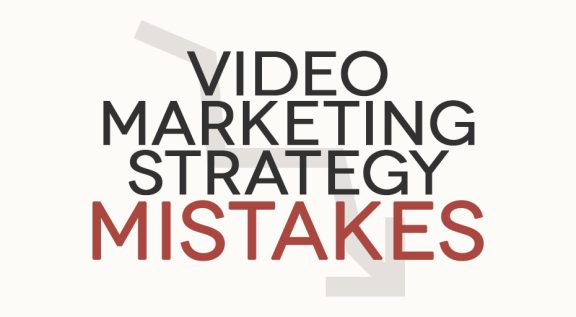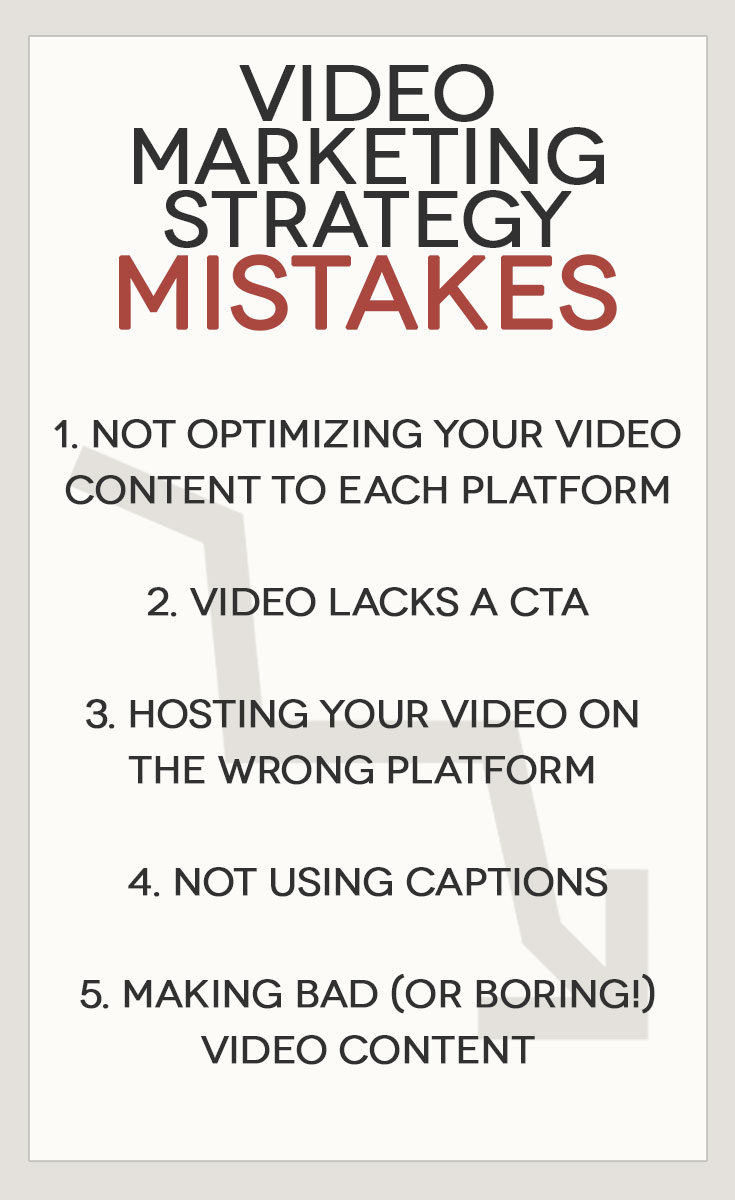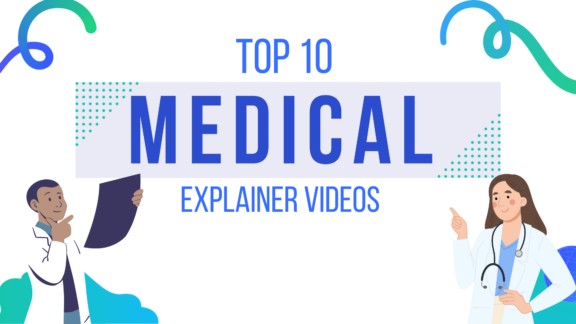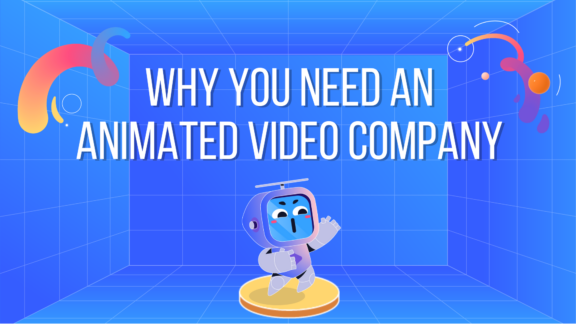- All
- 3D
- Animation
- AWS Activate
- B2B
- B2C
- Bit of Both
- Blog
- Cisco
- DB Culture
- Education
- Emmy® Award Winning
- Entertainment
- Explainer LP
- Featured
- Finance
- Fitness
- Healthcare
- HIMSS
- InBound19
- Live Action
- Live Action LP
- Manufacturing
- Marketing
- Motion Graphics LP
- Software + Tech
- The Drip
- Uncategorized
- Video Marketing
- What We Do Bit Of Both
- What We Do Live Action
5 Video Marketing Strategy Mistakes That Are Tanking Your Engagement
February 9, 2017

It’s predicted that video will account for 74 percent of online traffic in 2017. So let’s just go ahead and say it: if you’re not producing video content in 2017, your business is doomed to online oblivion.
If that seems like a dreary outlook, it’s actually anything but. Video is one of the most creatively rewarding outlets there is — it provides a chance for your marketing and creative teams to work together and create informative, useful content that will elevate your brand and position you as a leader in your industry.
Even with the sharpest content, there’s still room for error in the execution of your video marketing strategy. To help you avoid those mistakes, here are the five biggest issues we see when companies implement video online.

1. You’re not optimizing your video content to each platform.
We go on social media platforms for completely different reasons. Maybe they all boil down to “boredom” or “lack of interesting things to do,” but generally we don’t look on YouTube for the same content as we do Instagram. This is especially true when it comes to video content. Facebook’s video services are booming — they’re officially an industry leader in viral, easy-to-consume video shorts. But Facebook users aren’t really interested in long-form video. According to AdWeek, the average view time for a Facebook video is just over 18 seconds. On YouTube, however, video watch times peak at around the one minute mark. Instagram hasn’t released a ton of data regarding their watch times, but we know that their limit for video is 60 seconds — which means you need to be quick. The point is, all video content was not created equal. What grabs viewers’ attention on Facebook or Instagram must do so fast — on YouTube or Vimeo, sites created solely for video sharing, you have a bit more room to be suspenseful or delayed. Be intentional with the length and format of your content, and your video marketing strategy will go a long way.2. Your video lacks a call-to-action.
Invite a marketer over to spend time with you, and the first thing they’re going to ask is this: “But what will we DO?!” “Uh, we’ll hang out, of course,” will seem to be the obvious answer. Unfortunately, to the modern marketer this will be an insufficient reply. “There has to be more,” they’ll say. “There has to be action!” In content marketing especially, the call-to-action is the most important aspect of any campaign. You can drain thousands of dollars into creating shareable, informative and entertaining video content, but if it doesn’t tell your viewers to do anything, it’s practically useless. Many of our videos end with a direct link on the screen, as well as a voiceover artist saying the link aloud. It’s also incredibly easy to incorporate CTA’s into your video with YouTube cards, which give the option to direct your viewers to a web link, a donation website, another video and more.3. You’re hosting your video in the wrong place.
Speaking of YouTube, did you know that there are places to host video other than the Google-owned giant? Hosting on YouTube is a good idea for SEO purposes, but there are other sites that offer great options in terms of quality and community. The corporate videos Digital Brew produces tend to be on the more artistic side. We use Vimeo, primarily, to host our work because of the high quality and the film-oriented community that populates it. Vimeo’s staff picks are a great place to shop for design inspiration, and the site as a whole is oriented to the creator’s portfolio — something YouTube negates in favor of being a social networking superpower. We use both for different purposes.4. You’re not using captions.
85 percent of Facebook video is watched without sound. That’s a wildly large number, which means you absolutely need to be inputting closed captioning into every video you post on the platform. Not only is this beneficial to your watch times, but it’s ultimately a move toward accessibility on the internet for everyone. As quickly as the web changes, it’s oftentimes hard for those with disabilities to experience web content as freely as the rest of us. Implementing captions is strategic and considerate, as all good marketing decisions should be. We use YouTube to generate our captions, and then download an .src file from the site’s closed captioning manager. This generates twice the benefit for us, as the .src file can be easily uploaded to Facebook and our YouTube videos now have accurate captions as well.5. Your video content is bad, or just plain boring.
Not to be brutal, but there’s nothing that will waste time and money faster than boring video. That don’t mean that every piece of content has to be bright and fast-paced — sit-down interviews, brand stories and customer testimonials do well, even without the glitz and glamour of, say, an animated explainer video. What I mean by “boring,” then, usually trickles down to “not very well done.” If your camera work is shaky, if your clips are long and lack proper editing, if your interviews lack B-roll or clever graphics to keep the viewer interested — you’re losing before you even began. A study by Brightcove found that, when confronted poor-quality video, customers are 62 percent more likely to have a negative impression of the brand who published it. You need your viewers to trust you and view you as a credible source of information. If your videos don’t reflect that and they’re populating content strategy, customers aren’t going to see your company as the industry leader you know yourselves to be.





